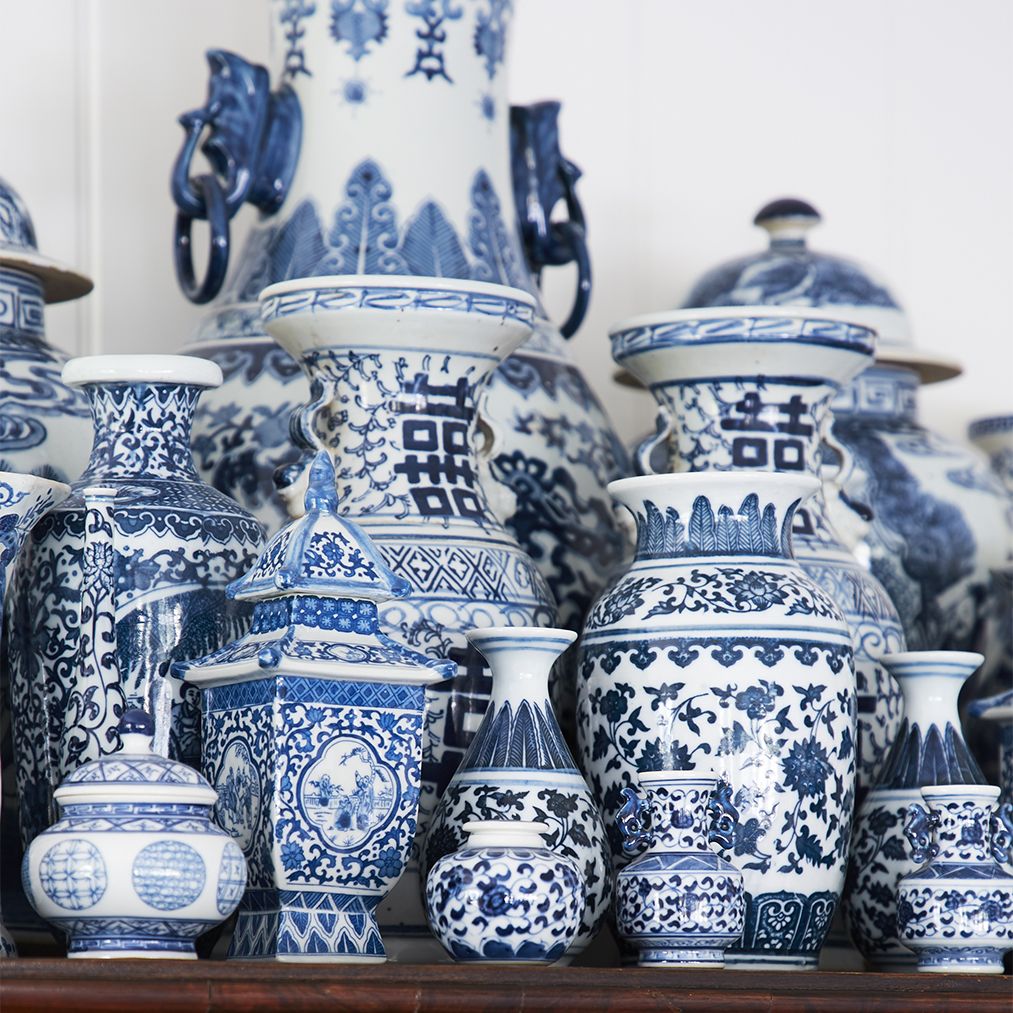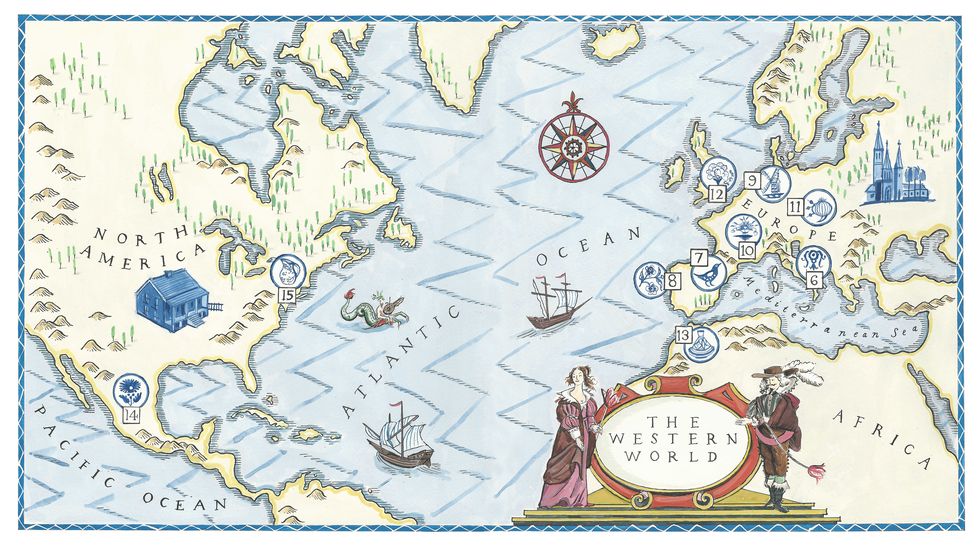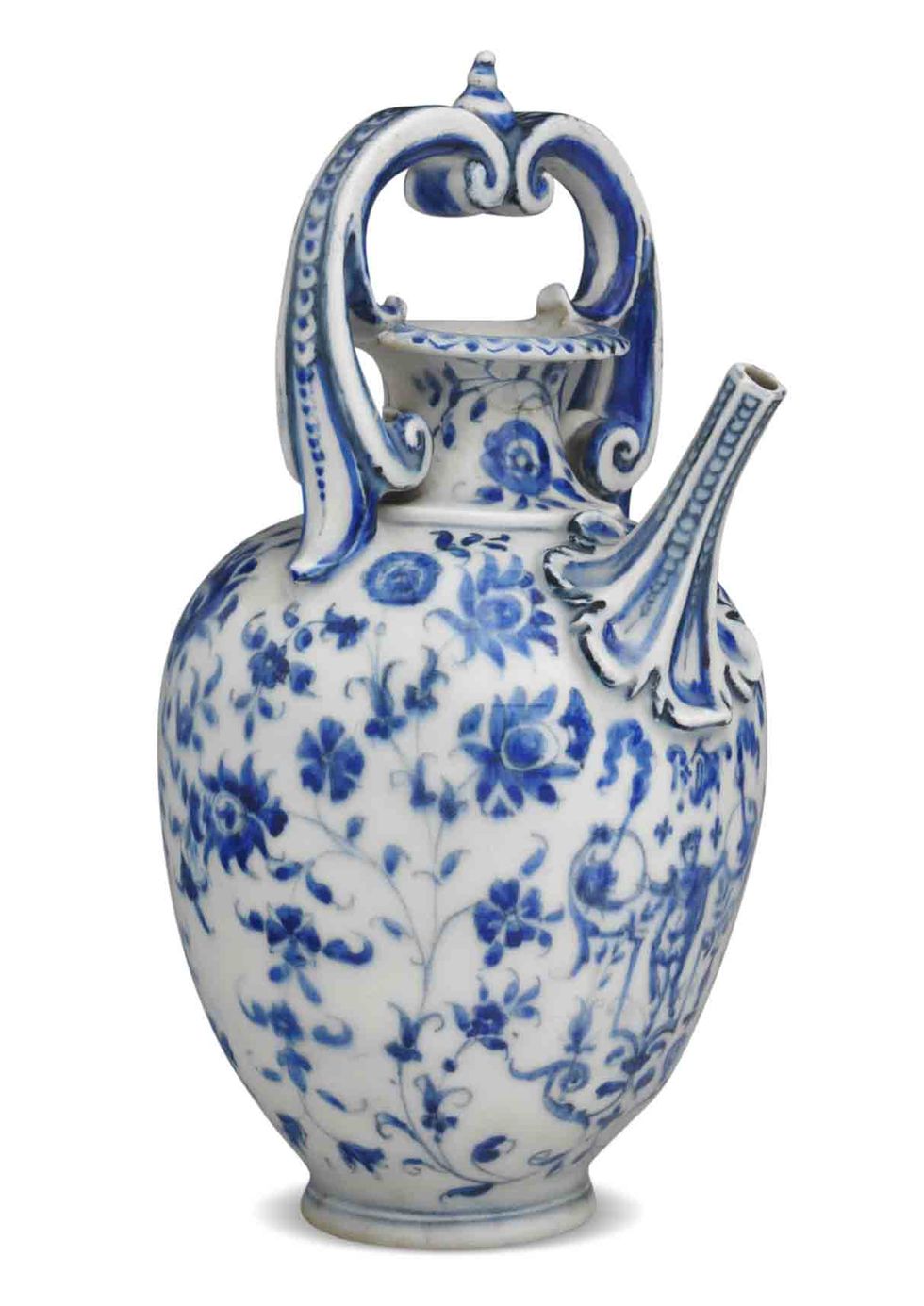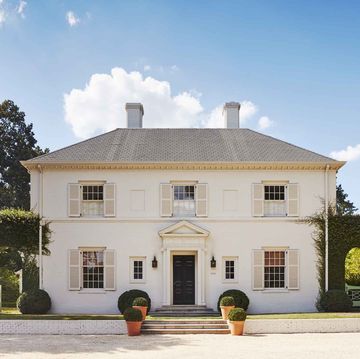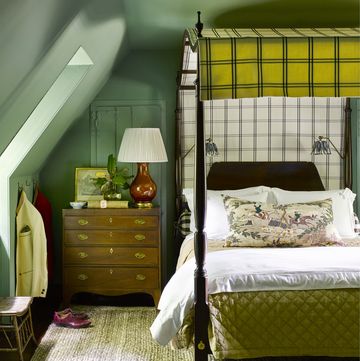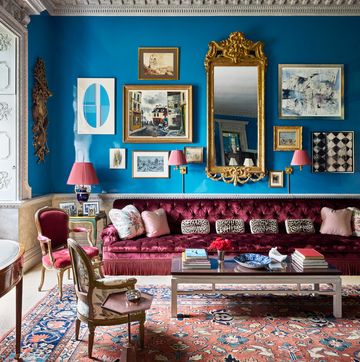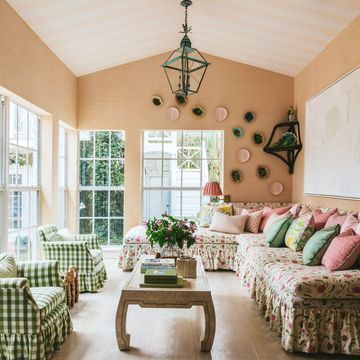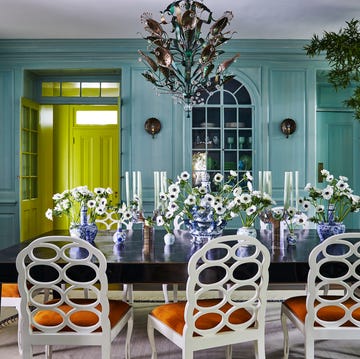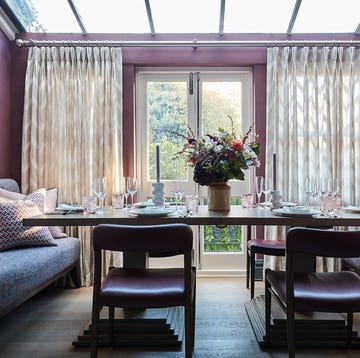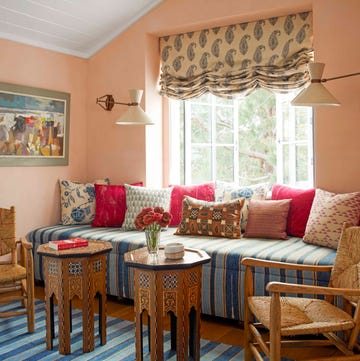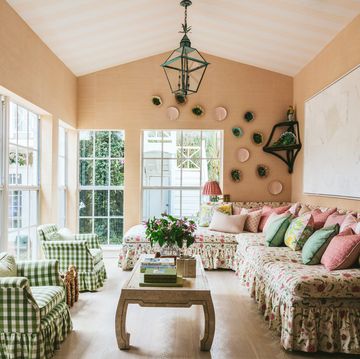Imagine the frenzy: a novel white porcelain arriving from the East, the surface almost jewel-like in its translucency and hand-brushed in a festival of cobalt decoration. It was a stirring debut 200 years in the making. The exotic blue-and-white wares marched through 16th- and 17th-century Europe like a vivid carnival, fresh off a journey of color and craft that began in southern China, where artisans discovered a chemical kinship between their prized porcelain (made with locally sourced and highly coveted kaolin) and cobalt oxide (the only pigment to withstand porcelain’s high-firing temps).
Technology evolved, but the regal color map was, as they say, baked in. In the centuries that followed, artisans across four continents joined the crusade, forging a grand—and global—ceramics tradition. Here, a look at the majestic migration of blue-and-white wares and the decorative imprint etched immortal.
Blue and White Ceramics in the Eastern World
Blue and White Ceramics in the Western World
This feature originally appeared in the July/August 2020 issue of VERANDA. Produced by Dayle Wood; written by Ellen McGauley; illustrations by Emily Faccini
